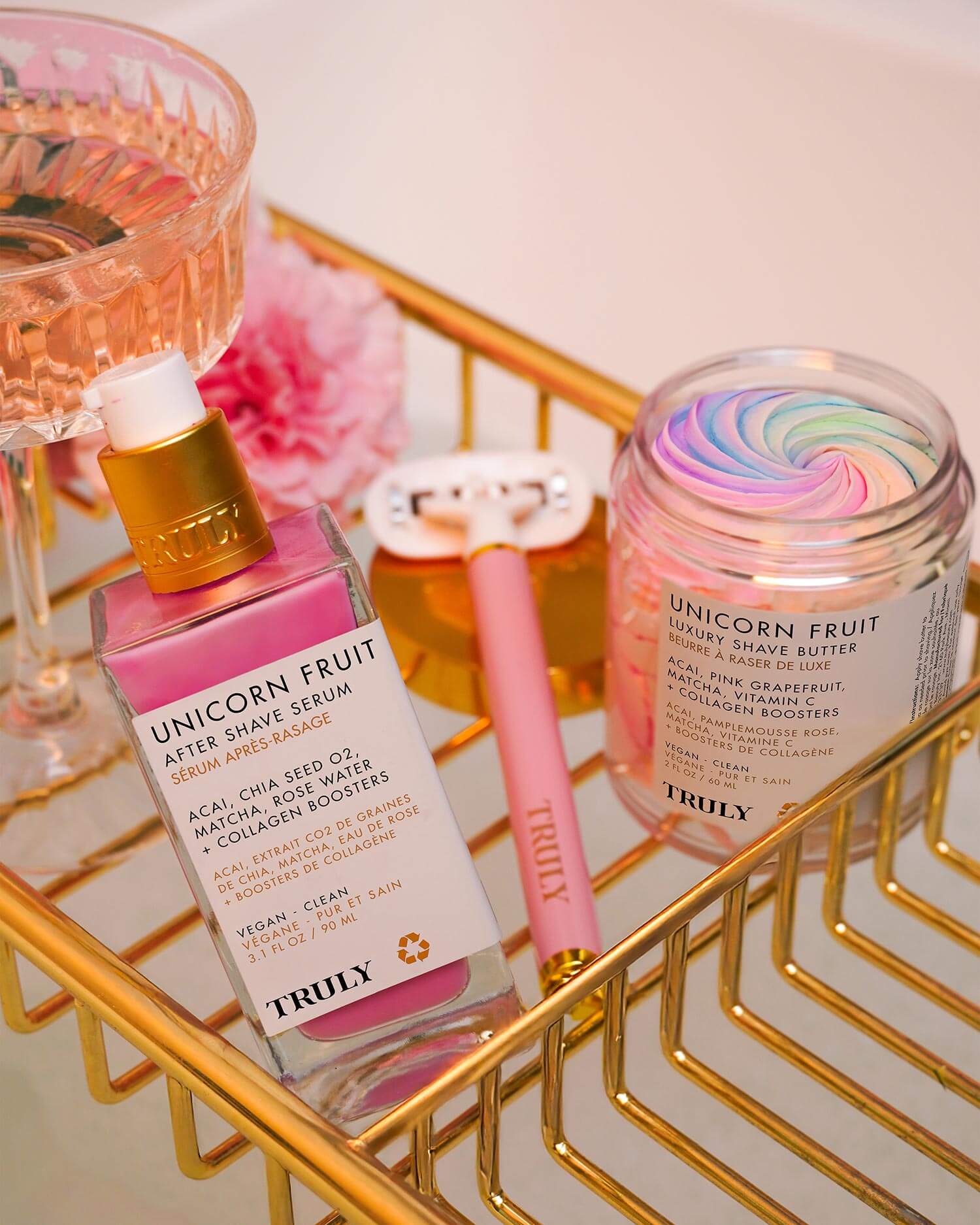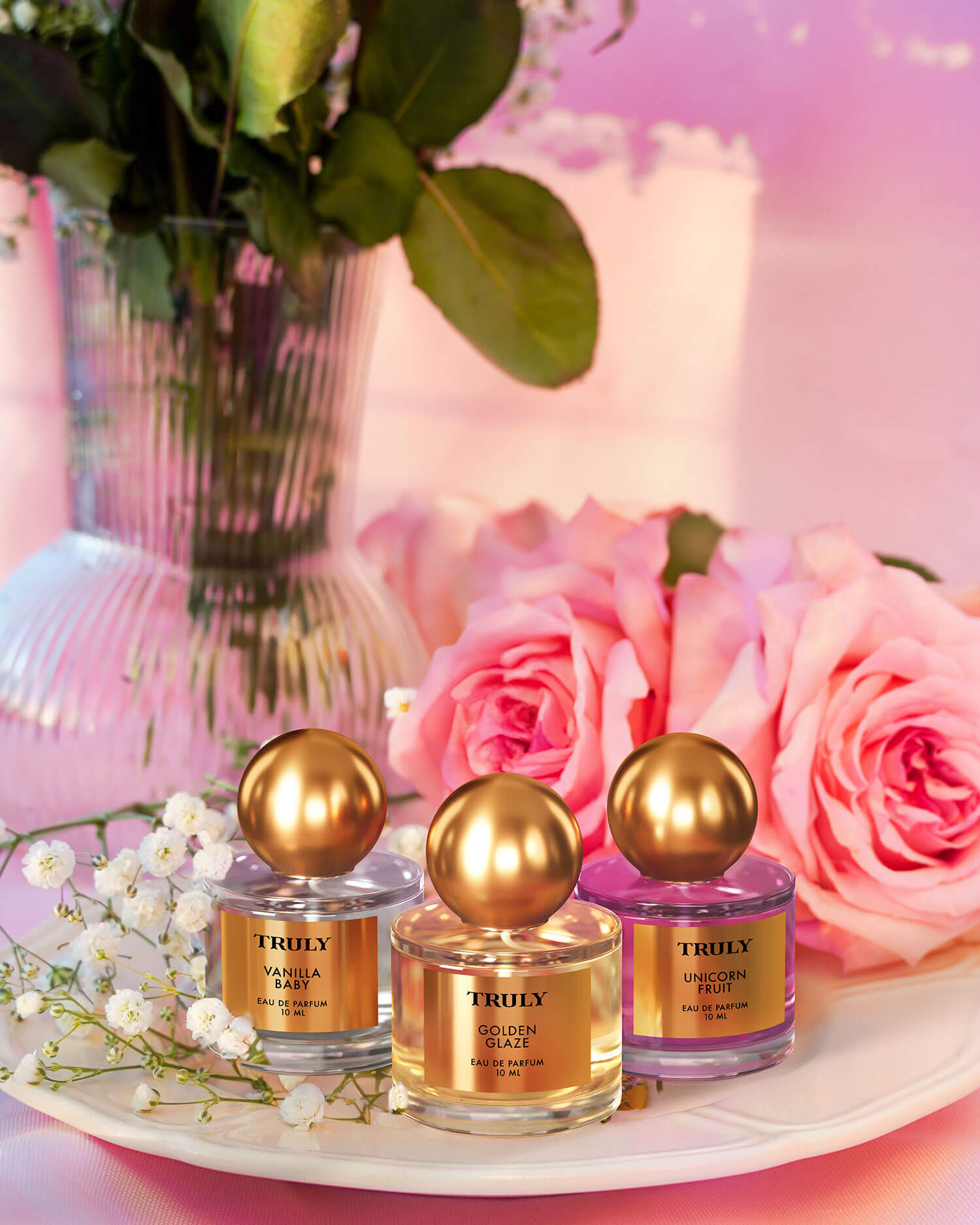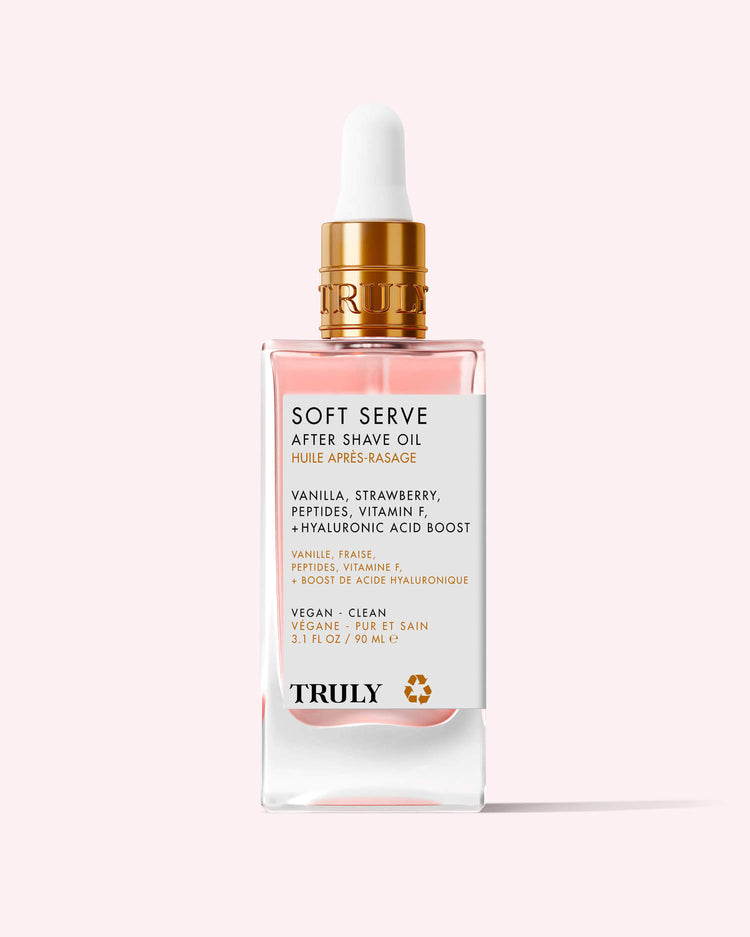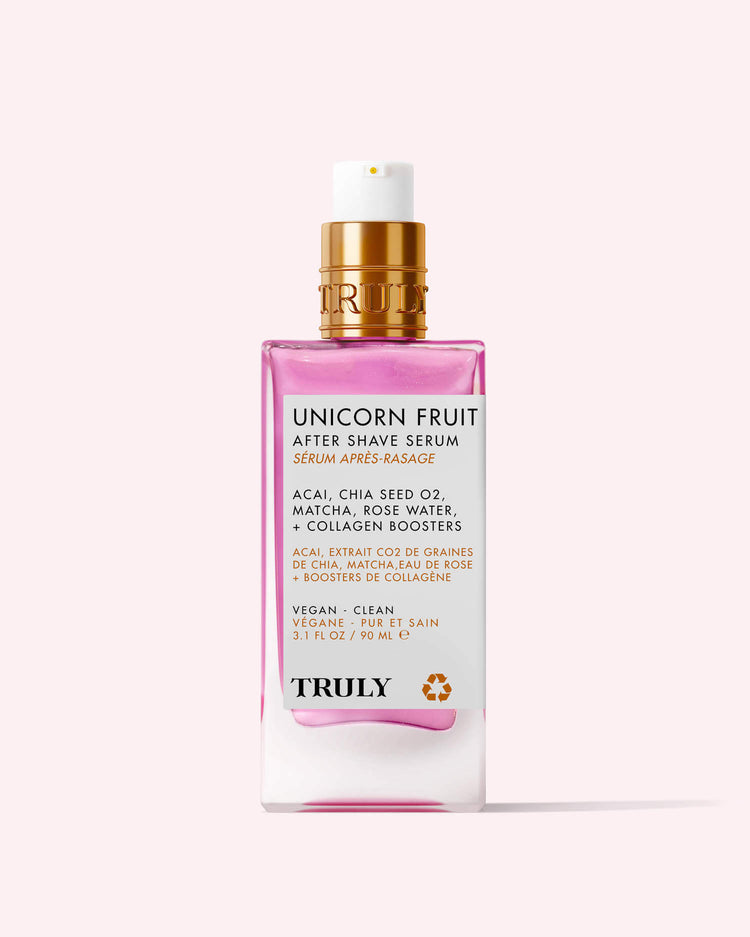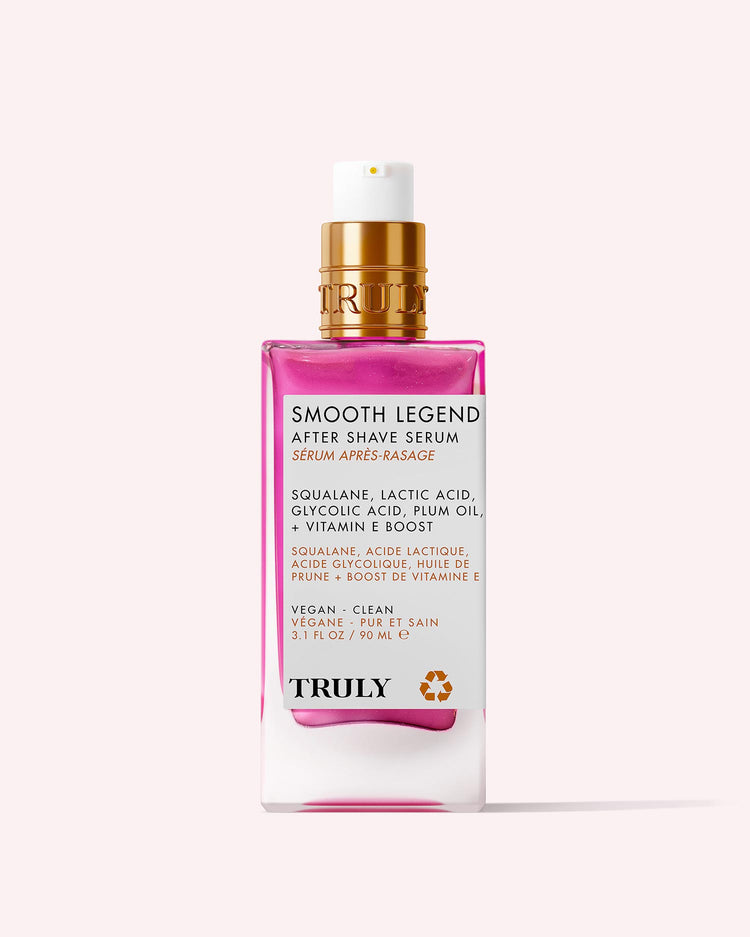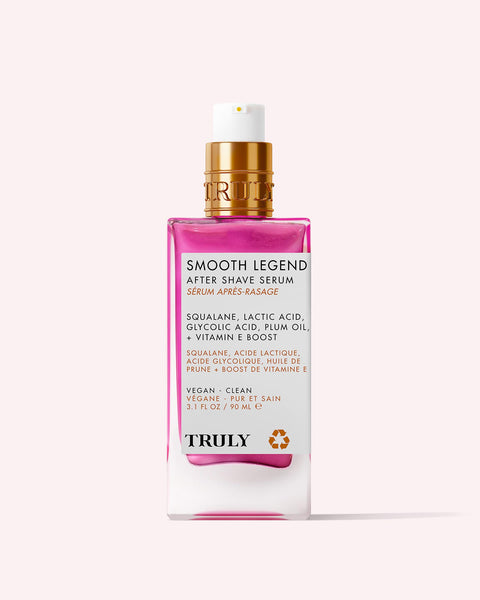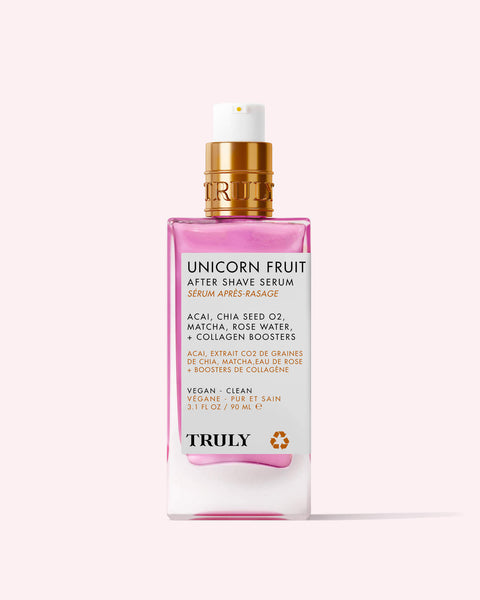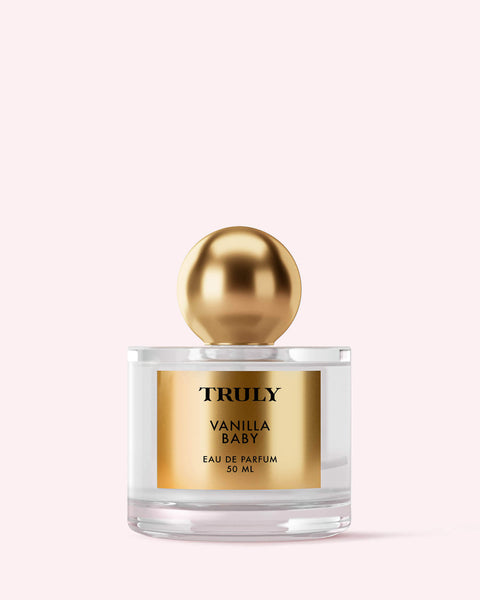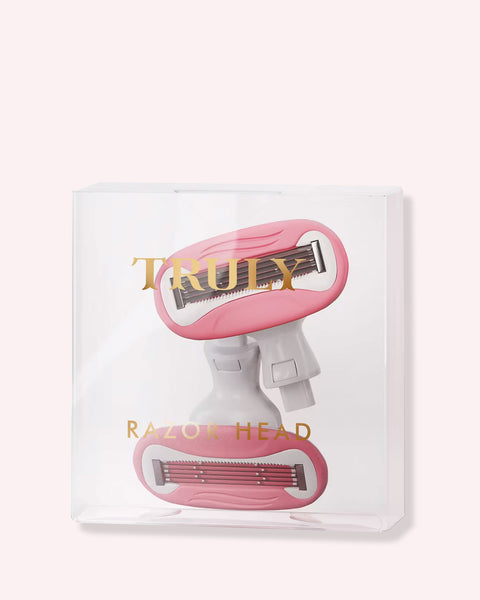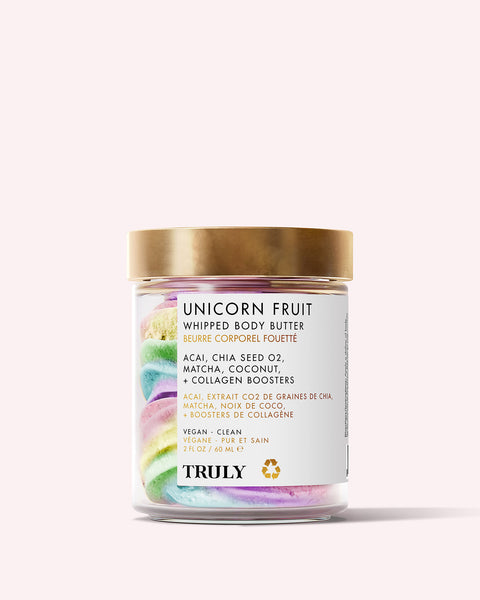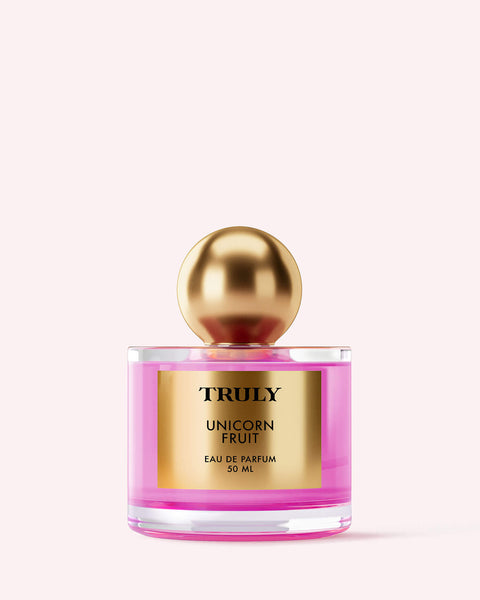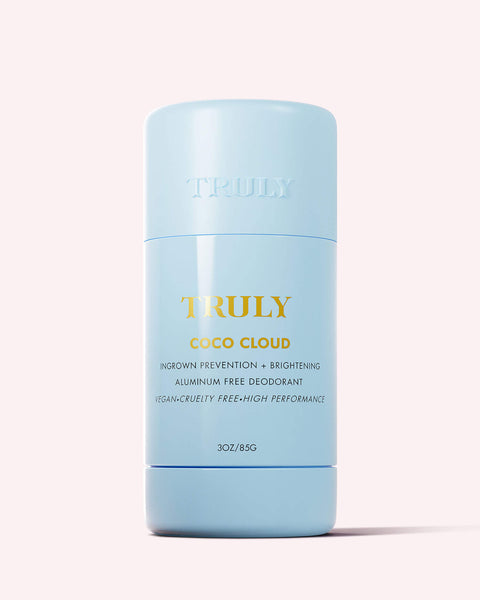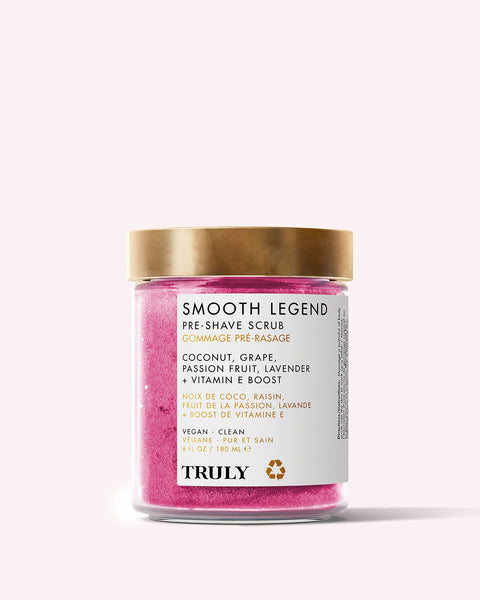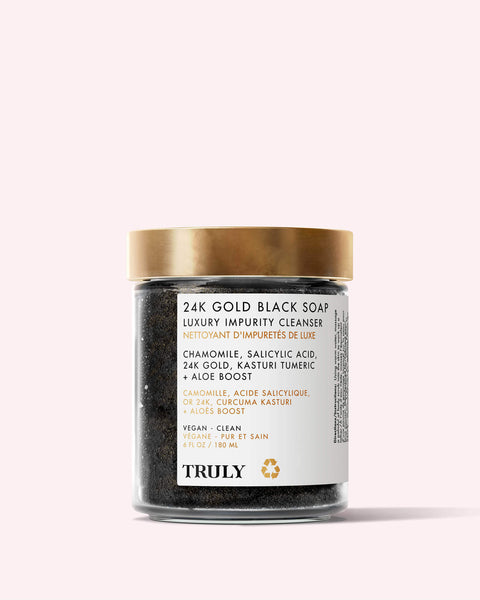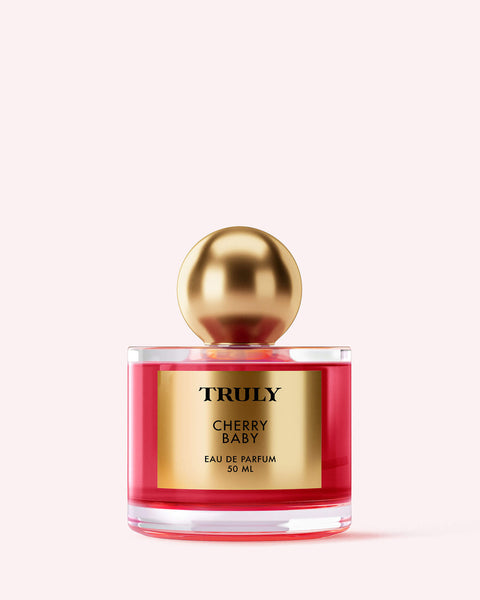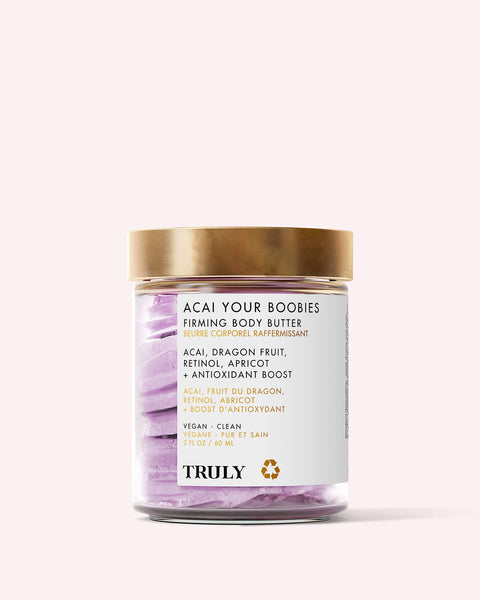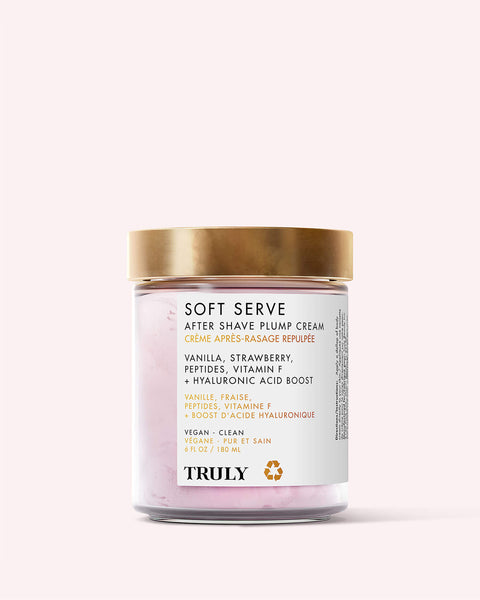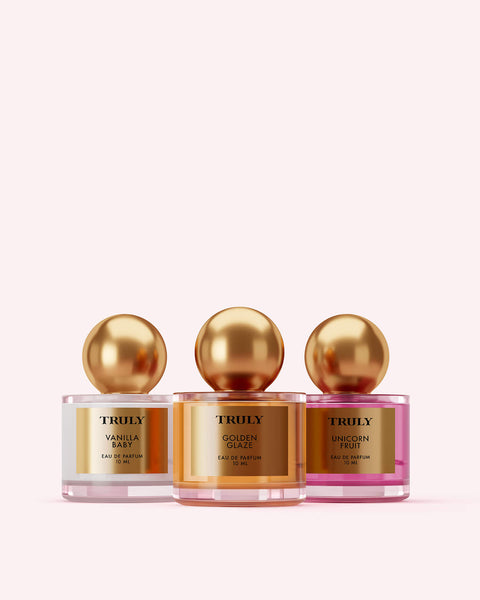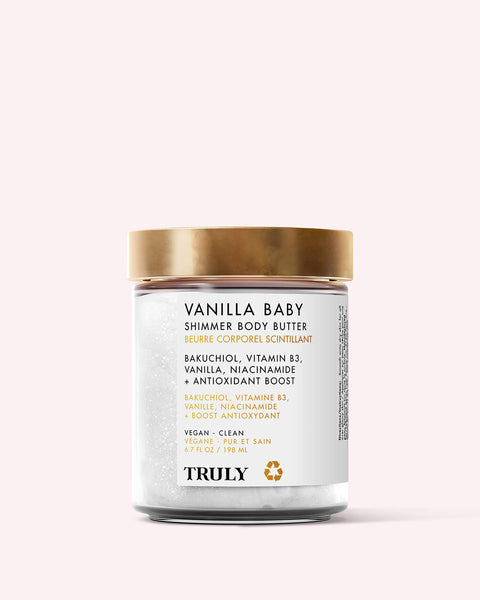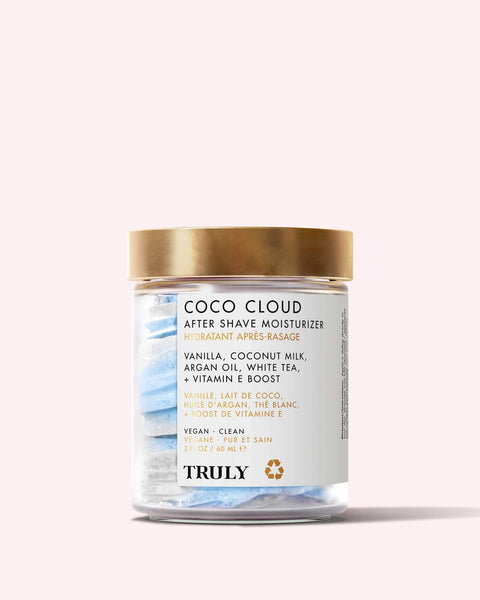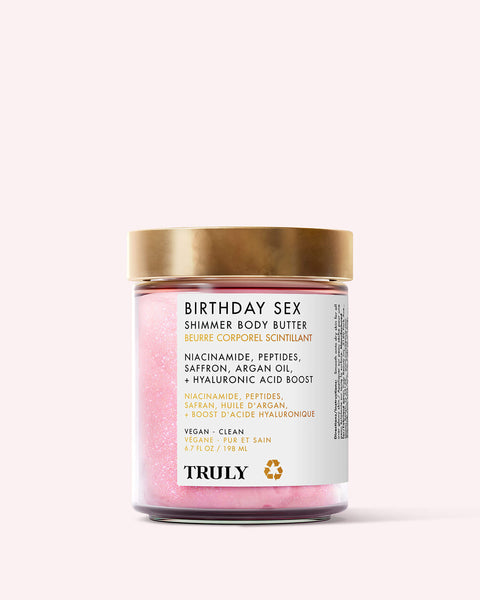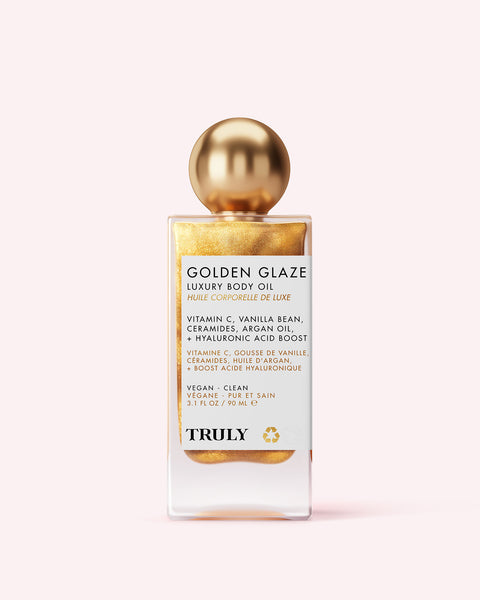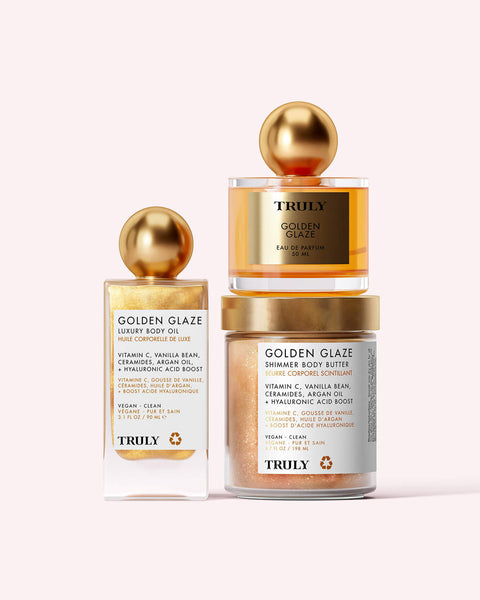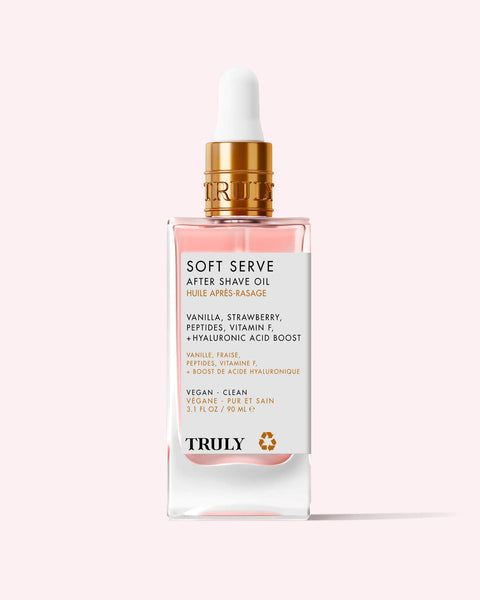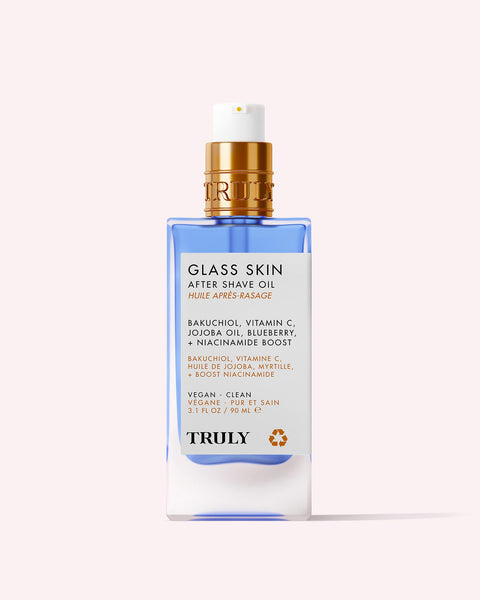After Sun Care: How to Avoid Peeling, Itchiness & Redness Post UV
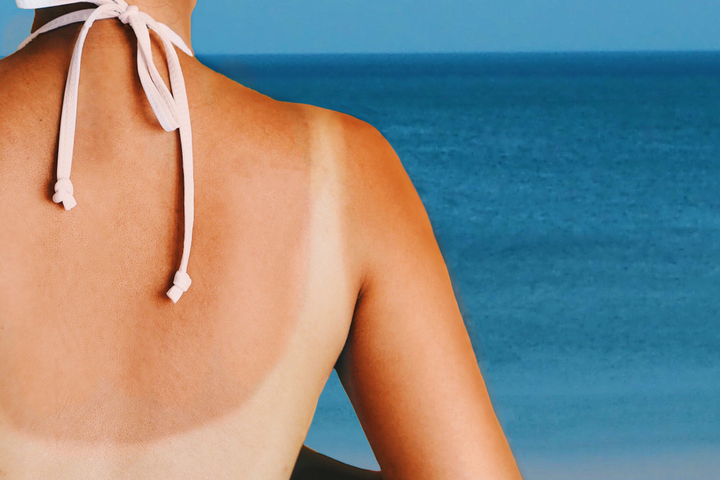
Love spending long days at the beach? Your skin doesn’t.
Fortunately, there is a way you can re-pay your skin for all the trauma you put it through. By giving it the right care and attention, you can help it recover from all that sun exposure to keep it looking and feelings its happy, healthy self.
If you’re the type who comes away from the beach with a pinkish-reddish tinge and wake up to peeling and itching, it sounds like you need to show your skin even more TLC. Let us show you how! Plus, we’ve got the best products for the job!
ARE YOU A PEELING, FLAKEY MESS?
These symptoms tend to come on the day after excessive sun exposure. If this sounds like what you’re dealing with, what you’re actually experiencing is sunburn. Whatever you do – don’t pull at your peeling skin!
“Peeling sunburned skin can increase the risk for scarring because the skin does not always peel at the same rate,” says Debra Wattenberg, M.D., a New York City-based dermatologist. “It’s best to let the dead skin exfoliate on its own.”
The reason your skin sheds is because your body removes the skin cells damaged by the UV rays. It’s basically its way of protecting and treating your skin.
Here’s what you can do to avoid peeling, itching, and redness post UV exposure.
Take a Cool Shower
Before applying any products, make sure your skin is clean by showering in cool water – to soothe your sore skin. The cool water from a bath or shower can tame the inflammation that occurs around sunburn.
Soothe Your Skin
The first thing you want to be putting on your skin are ingredients that soothe in. You need something that’s going to bring down the inflammation and calm the skin.
Our favorite ingredients for soothing the skin are hemp and pineapple, as they both work as repairing, anti-inflammatory formulas to bring down your redness.
Start by applying a thin layer of Truly’s Mary Jane Glow Serum on your face to reduce inflammation and replenish essential hydration. For the body, give Truly’s Pineapple Haze Body Balm a try to give instant relief to your red and itchy skin.
Moisturize (A LOT!)
Daily moisturizing always has a dermatologist’s seal of approval, but moisturizing after sun exposure – that’s an absolute must!
“After being outdoors with exposure to the sun, even without a sunburn, the skin barrier can have a disruption as well as inflammation from the heat, UV radiation, infrared and visible light,” explains Melissa Kanchanapoomi Levin, M.D., a board-certified dermatologist and founder of Entière Dermatology in New York City.
Nourish the skin barrier by choosing a lotion that restores and repairs it, while replenishing lost moisture, like Truly’s Blueberry Kush CBD Body Lotion.
Look out for skincare products with hydrating, repairing ingredients such as hyaluronic acids, glycerine, ceramides, and lipids. And try to choose products featuring antioxidants like vitamin C and E which neutralize free radicals and prevent skin aging.
For the face, try Truly’s Cream Skin Face Moisturizer.
Apply Pure Aloe Vera
Aloe vera is a well-known anti-sunburn elixir. So if you’ve got a painful burn on your body, massage a generous amount of pure aloe vera or at least a formula that contains a high percentage of it directly into affected areas.
Aloe vera continues to be one of the most effective ingredients for soothing sunburn. Just make you apply it daily until you notice the redness fading. Stay consistent to enjoy the benefits of this plant for your skin.
Stay Out of the Sun
During this time, stay out of the sun as much as possible. Especially if you’re skin is peeling, that means there’s already a degree of damage.
According to dermatologist Rachel Nazarian, “The risk of a deeper, dangerous burn is more likely. Make all attempts to avoid sun exposure during this time.”
Any additional UV exposure during this period will harm more of your cells' DNA, which can prolong not only the pain, but the lasting damage too.
Spending more time under the harsh UV rays will also increase your risk for skin cancer because cumulative DNA damage can trigger cancer-causing mutations.
“The entire healing period may take weeks to months,” says dermatologist Tiffany Libby, MD. “Peeling skin represents your body’s way of healing from within, as it rids itself of the damaged and dead skin.”
Never Pick Your Peeling Skin!
As tempting as it may be to pick at your peeling skin in an attempt to remove dead skin, it’s not a good idea.
“Do not pull off your peeling skin, and avoid active exfoliation,” says Natalie Curcio, MD, MPH, FAAD, a board-certified dermatologist practicing in Nashville. “Instead, allow it to slough off your body on its own. Peeling usually stops when the burn has healed — about seven days for mild to moderate burns.”
If You Do Go Outside, Slather on Sunscreen
Never leave the house with wearing sunscreen! This is even more crucial if you have active sunburn. And cover up in protective clothing! The last thing you want to do is make things even worse – and more painful.
“After sustaining a sunburn, your skin is more sensitive to additional UV damage,” says Dr. Curcio. “Wear protective clothing that covers your skin when outdoors.”
Slather on at least SPF 30 – but go higher if you’re fair.
It’s not always possible to prevent peeling or sunburn if you’ve spent a lot of time in the sun. However, there are ways you can lessen the pain and the effects of too much sun exposure.
From applying soothing serums and balms to keeping your skin moisturized, it’s definitely worth giving the tips above a try if you want to keep your skin healthy and nourished post sun sessions.
Also, be sure to hydrate from the inside too. Spending too much time in the sun and the heat can quickly cause dehydration, so be sure to keep your body nourished too. Plus, drinking plenty of h20 will keep your skin moisture levels high!
